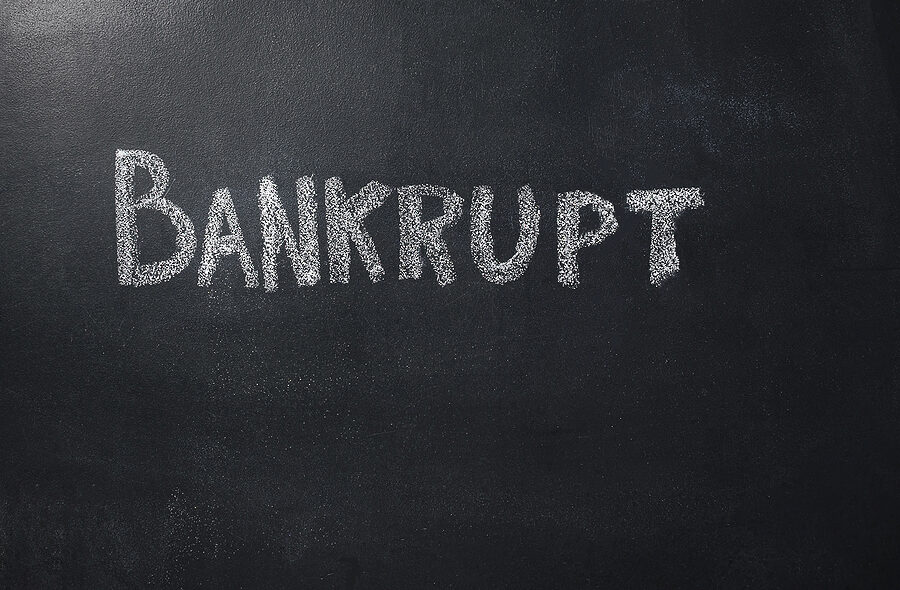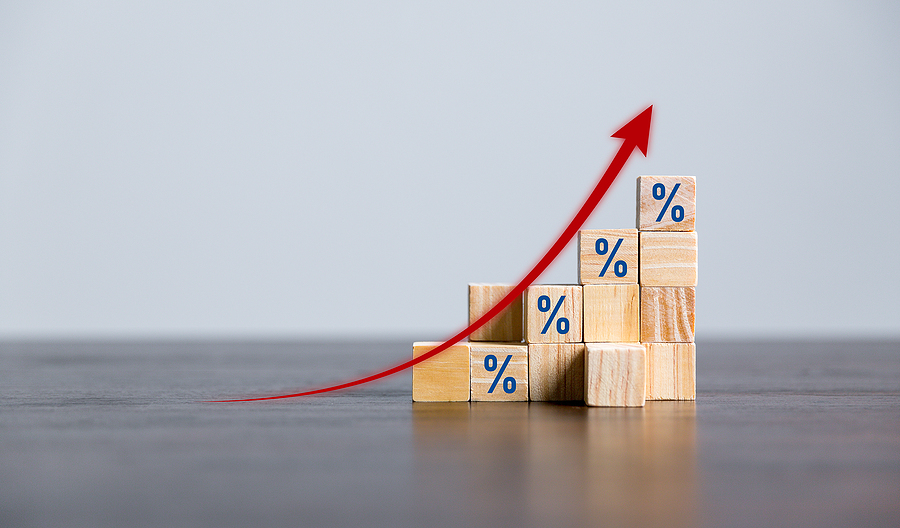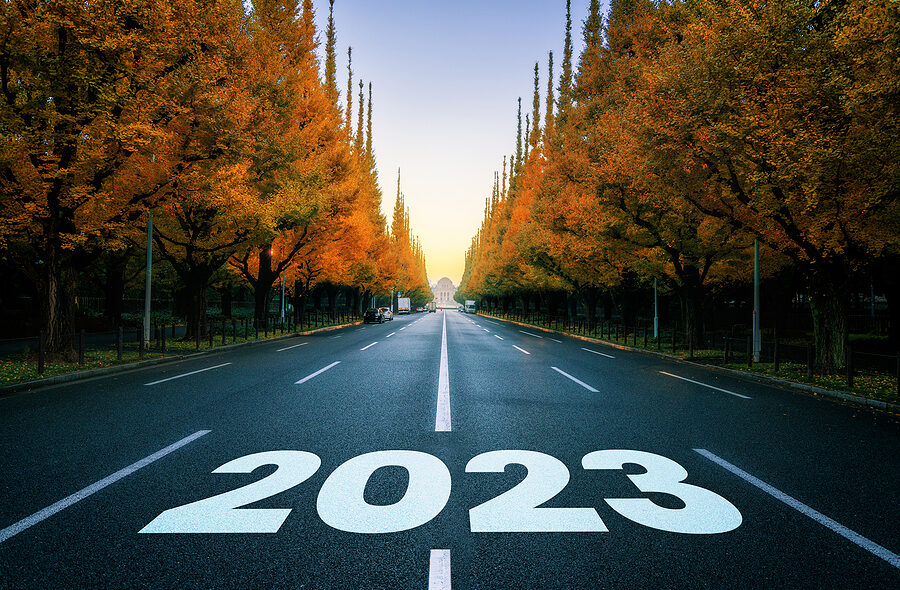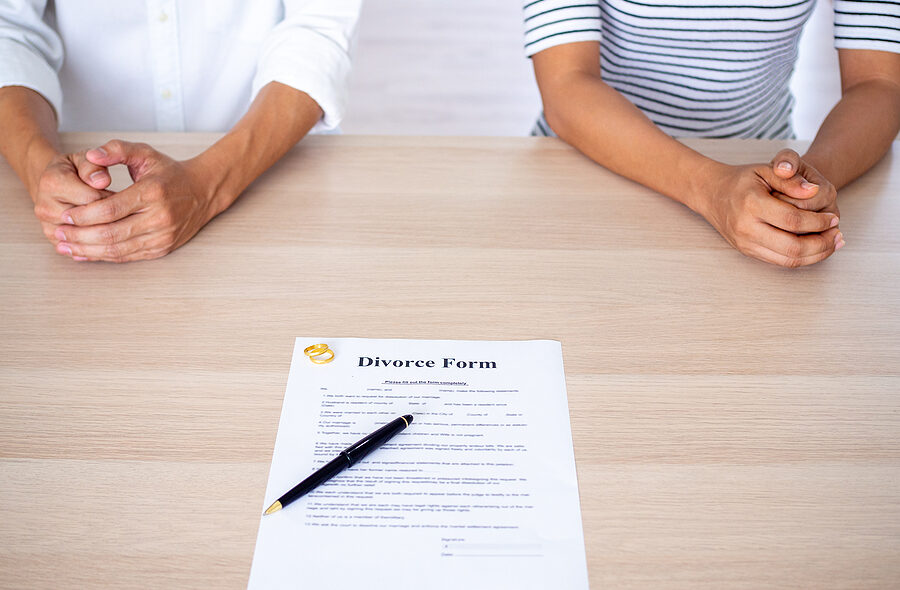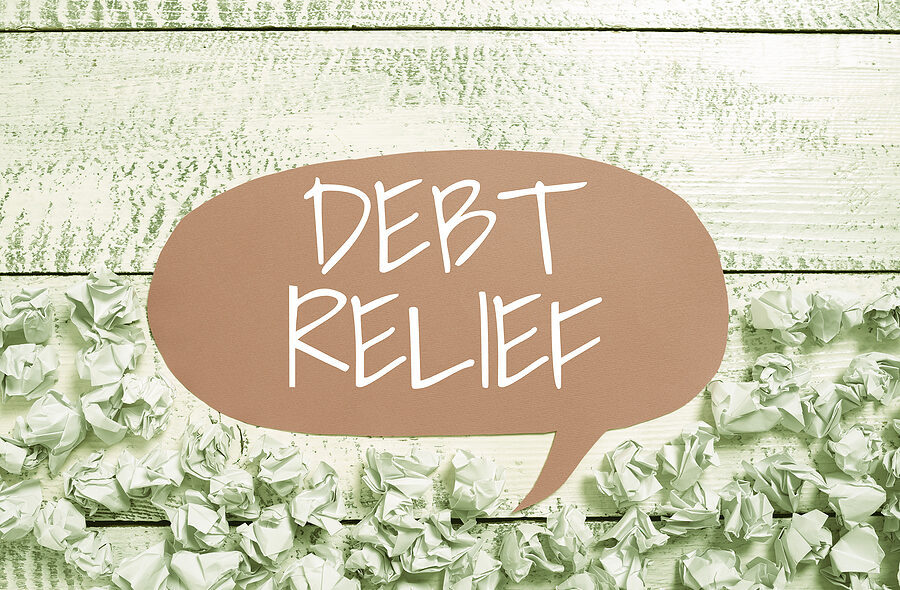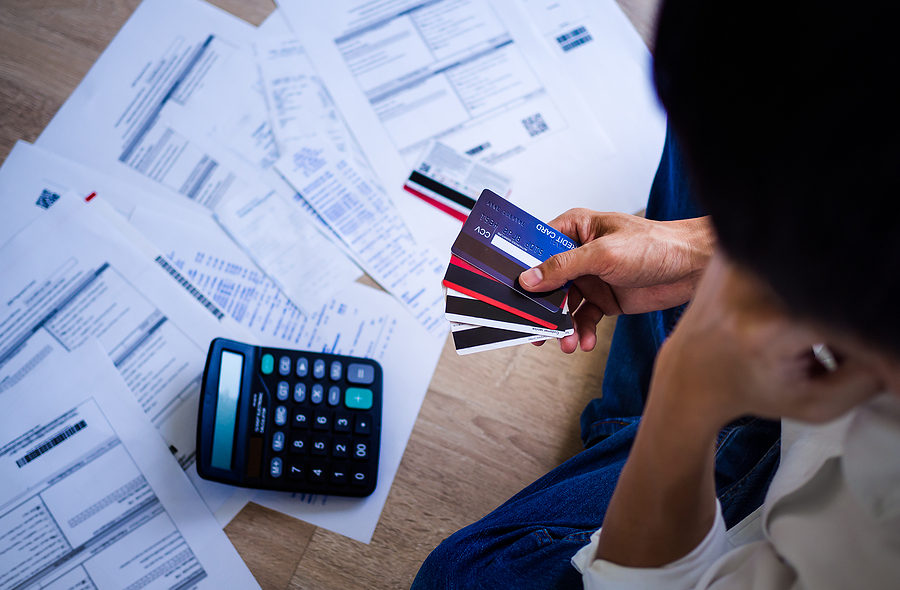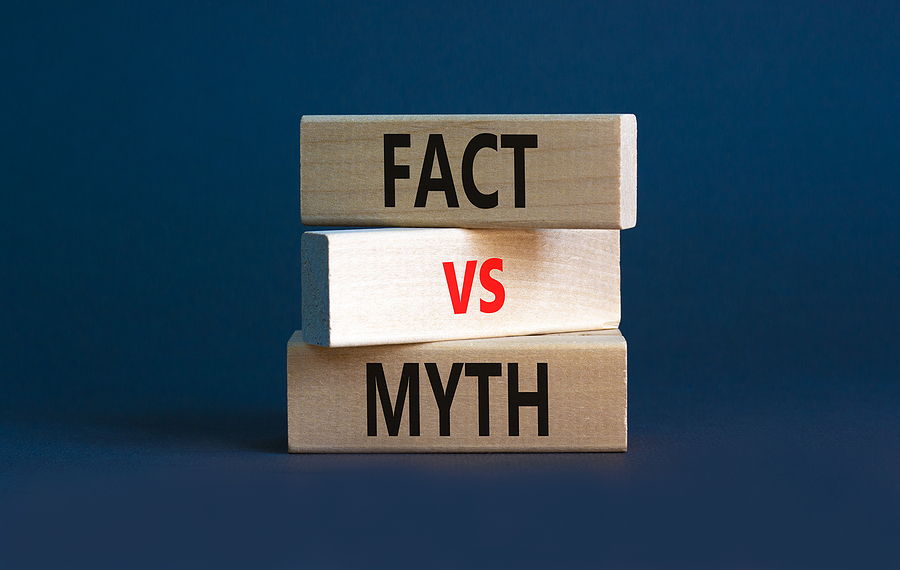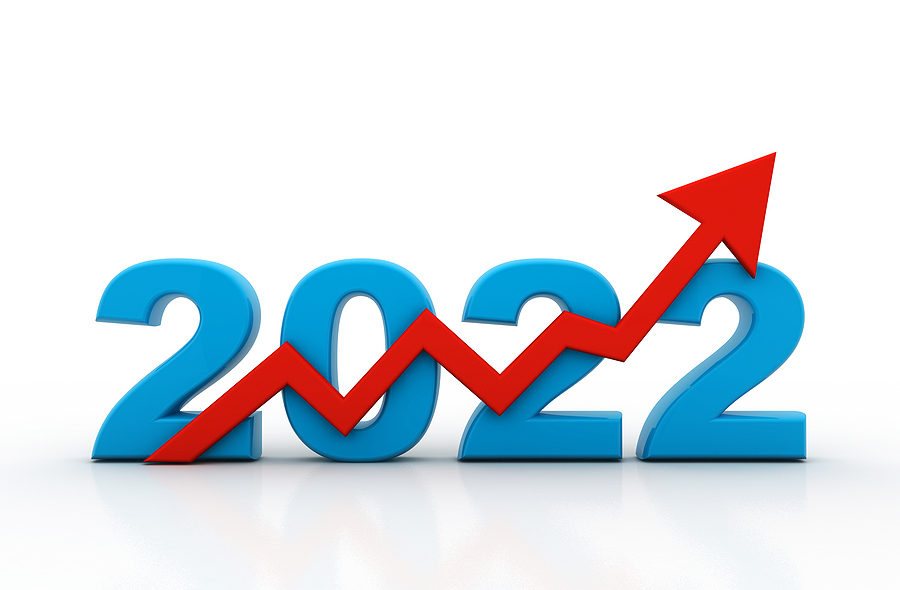MIAMI – Kingcade Garcia McMaken ( www.miamibankruptcy.com) is pleased to announce that Managing Shareholder, Timothy S. Kingcade has received the Preeminent AV Rating for 2023 from Martindale-Hubbell, joining a select group of lawyers recognized for their legal ability and professional ethical standards.

In addition, he has earned the Client Champion Platinum Award from Martindale-Hubbell for 2023. This honor is awarded to attorneys whose clients have acknowledged their exceptional communications ability, responsiveness, quality of service and cost value.

